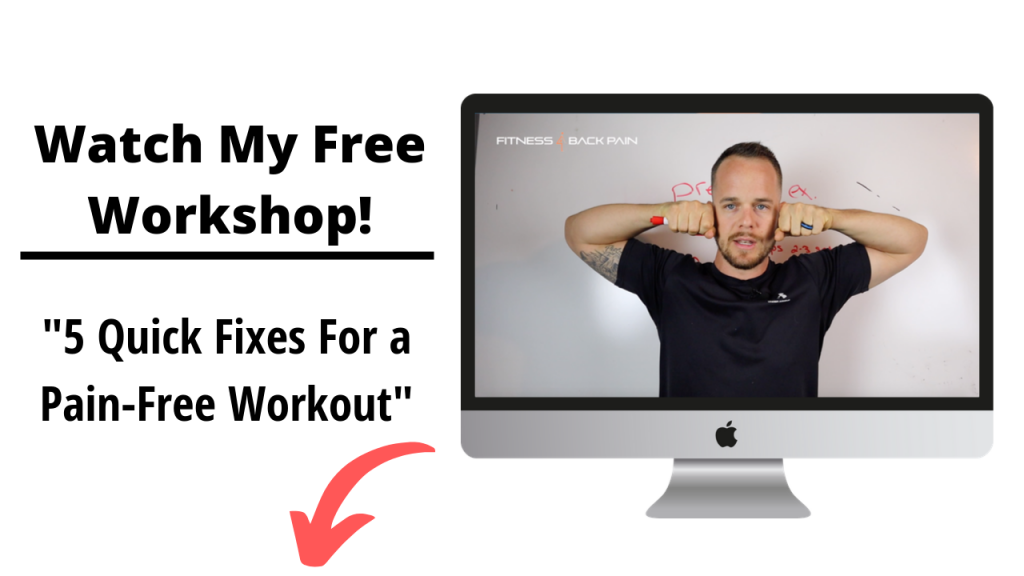
Most people experience the most pain when initiating any kind of forward bending. Everyone’s lower back pain case is different but ALL back pain cases need to understand what it really means to hip hinge and what muscles need to be engaged to prevent reoccurring pain. Don’t trick yourself by throwing a PVC pipe on your back and using that as a bumper. We need to stop just going through the motions of the hip hinge and start optimizing the way we do. You can start with making sure these 2 ingredients are added!
Who this video is for:
If you’re having back pain when bending.
If your lower back feels “unstable” when you bend.
If you are experiencing acute or chronic back pain.
If you don’t think the way you move is correct.
I’m only going to focus on 1 thing today and that is the infamous hip hinge. If you were to google “how to hip hinge”, I’m confident that what you will find won’t give you the entire picture. The hip hinge is a multi-joint and multi-muscle movement that requires A LOT of checks and balances before doing it right. What I have found to be a common thread in back pain sufferers is not necessarily that they can’t hip hinge, its that they don’t know how to engage and activate the necessary muscles to make the hip hinge what it is.
Pay close attention to each segment of the movement and start from the beginning (I show you what the beginning is in the video). What seems like a lot of steps at first will become second nature so keep practicing.
Keep in mind:
Fixing a hip hinge dysfunction takes time. After you correct it (assuming you can correct it fully in one sitting) you have to re-groove this new pattern. This is what takes time. Practice with body weight with every activity you do from picking up clothes off the floor, lifting your snowboarding gear into your truck, yanking up that last bag of mulch or laying your kids down at night for bed. The point is, be patient and hammer this every day multiple times a day and don’t stop addressing it until you are confident you can maintain good form with or without being weight bearing.
If you want a closer look at the Short Stop position, go here >>Short Stop<<
If you want a closer look at the Knee Hip Hinge, go here >>Knee Hip Hinge<<
What part of the hip hinge do you think you have the most trouble with? Let me know below!
Oh and if you have a friend who loves working out share this with them make sure they are doing this correctly!
Addicted to your health,
William
p.s If you want your hip hinge analyzed tag me (@fitness4backpain) in a video of you doing it on Facebook or Instagram and ill be happy to help!
pps. If you want to see part one of this hip hinge series you can check it out here


Thanks for this William. I don’t have back pain but do have disfunction in left hip that causes ITB tightness, TFL pain, and glute pain. If I am not super careful my left quads take over instead of glutes.
Hey Chris! I totally understand! The key is to get into a smart training program that works on finding balance with this. Are you exercising?
William
Thank you!!
Thank you for reading Carrie!